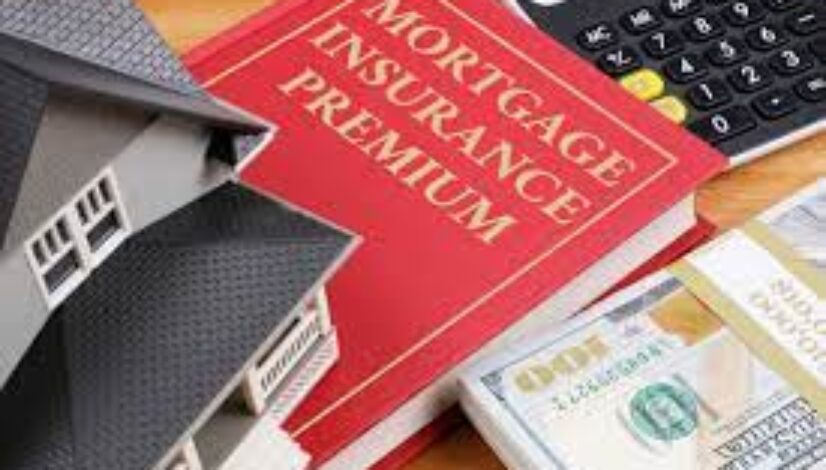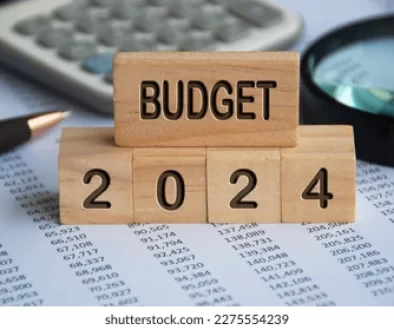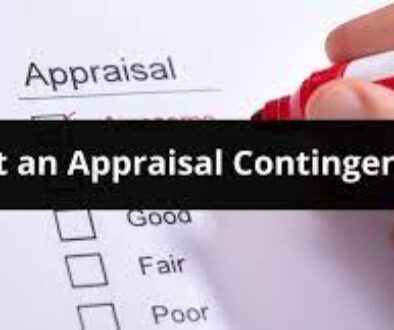Mortgage Insurance Premium
Mortgage Insurance Premium
What Is A Mortgage Insurance Premium?
A mortgage insurance premium is a special type of mortgage insurance that is paid on FHA loans. It provides your mortgage lender with some protection in the event that you default on your loan. FHA MIP is beneficial to home buyers because without it, lenders would likely require a much larger down payment in order to qualify for a mortgage.
How Much Is An FHA Mortgage Insurance Premium?
Your FHA loan MIP will involve two payments: an upfront premium and an additional annual payment. The amount you’ll pay for both depends on your loan amount.
Upfront FHA MIP
Your MIP upfront payment will be equal to 1.75% of the total value of your loan. For example, if you borrow $150,000 for your mortgage, you’ll make an upfront payment of $3,500. Your upfront MIP is due at closing. Alternatively, it can be added to the balance of the loan. Your upfront payment is only due once unless you refinance or take on another FHA loan in the future.
Annual FHA MIP
Your annual mortgage insurance costs will vary depending on your loan to value ratio, the size of your down payment and the length of your mortgage term. Lenders calculate your annual payment as a percentage of your base loan value.
Most FHA lenders add your annual MIP to your monthly mortgage payment. To find out how much you’ll pay each month, you can apply with your lender. Once you’re initially approved, you’ll receive a loan estimate with your monthly mortgage payment and annual MIP. You can figure out your monthly premium by dividing your total MIP by 12. From there, you can decide if the estimated monthly payment plus your MIP will fit into your budget.
Terms Less Than Or Equal To 15 Years
Here’s what you can expect to pay for your annual MIP if your loan term is less than or equal to 15 years. Let’s say you:
- Borrow less than or equal to $726,200, with a down payment of at least 10%. You’ll pay 0.15% annually for the first 11 years. On a $150,000 home loan, that’s $225 every year, or $18.75 each month.
- Borrow less than or equal to $726,200, with a down payment of less than 10%. You’ll pay 0.40% annually for the entire mortgage term. On a $150,000 home loan, that’s $600 every year, or $50 each month.
- Borrow more than $726,200, with a down payment greater than or equal to 22%. You’ll pay 0.15% annually for the first 11 years. On a $700,000 home loan, that’s $3,150 every year, or $262.50 per month.
- Borrow more than $726,200, with a down payment greater than 10% but less than 22%. You’ll pay 0.40% annually for the first 11 years. On a $700,000 home loan, that’s $2,800 a year, or about $233.33 per month.
- Borrow more than $726,200, with a down payment of less than 10%. You’ll pay 0.65% annually for the entire mortgage term. On a $700,000 home loan, that’s $4,450 a year, or about $317.17 per month.
Terms Greater Than 15 Years
Here’s what you can expect to pay if you have a loan term for longer than 15 years. The most common example of these types of loans is the 30-year term. Let’s say you:
- Borrow less than or equal to $726,200 for your home purchase, and you have a down payment of 5% or more. You’ll pay 0.50% each year. On a $150,000 home loan, that’s $750 per year or $62.50 per month.
- Borrow less than or equal to $726,200 for your home purchase, and you have a down payment of less than 5%. You’ll pay 0.55% each year. On a $150,000 home loan, that’s $825 per year or $68.75 per month.
- Borrow more than $726,200 for your home purchase, and you have a down payment of 5% or more. You’ll pay 0.70% each year. On a $700,000 home loan, that’s $4,900 per year, or about $408.33 per month.
- Borrow more than $726,200 for your home purchase, and you have a down payment of less than 5%. You’ll pay 0.75% each year. On a $700,000 home loan, that’s $5,250 per year, or about $437.50 per month.
How Long Do You Have To Pay For FHA Loan Insurance?
Before 2013, MIP worked similarly to the private mortgage insurance that you pay on conventional loans. Once you reach 22% equity in your home, a conventional mortgage lender automatically cancels your PMI.
Today’s FHA lenders no longer cancel your MIP once you reach a certain home equity percentage. The amount of time you’ll need to pay MIP depends on your down payment. If you have at least 10% down at the time of your purchase, you’ll pay MIP for the first 11 years. If you have less than 10% down at the closing table, you’ll pay MIP for the entire life of the loan.
Can You Avoid FHA Mortgage Insurance?
There’s no way to completely avoid paying MIP when you take out an FHA loan. However, there are a few ways that you can lower what you pay or stop paying a few years into your loan.
Repeat or first time home buyers can use a down payment of at least 10% to stop their MIP after 11 years or choose a different type of loan to completely avoid this type of insurance. Homeowners can decide to refinance and change their FHA loan into a conventional mortgage to cancel their MIP payments.
Let’s take a closer look at each of these methods so you can best decide what type of mortgage loan would work best for you.
Save For A Larger Down Payment
The easiest way to lower your MIP expenses with an FHA loan is to save more for a down payment. If you’re able to bring at least 10% to the closing table, you’ll qualify for a lower annual MIP payment. You’ll also lower the amount that you borrow, which results in a lower upfront premium. And you can stop paying for MIP in 11 years if you have a 10% down payment.
Here are a few strategies you can use to save more for a house before you close on your loan:
Pick Up A Side Hustle
We live in a gig economy – and if you have the time and resources to spare, it’s never been easier to make extra money outside of your salaried position. Consider picking up a side hustle to earn some extra money for your down payment. From walking dogs to transporting passengers with a ridesharing app, the possibilities are endless.
Cut Unnecessary Items From Your Budget
Do you know how much money you spend per month on things like takeout and entertainment? If not, now is the perfect time to make a budget and funnel extra funds toward your down payment. Sit down with your bank or credit card statements and look for areas where you can afford to cut back. Saving as little as $5 per week will leave you with an extra $260 at the end of the year.
Buy A Less-Expensive Property
Lenders calculate your down payment as a percentage of your total property value. This means that the same dollar amount equals a higher down payment on a less-expensive property. Totally in love with a home that’s at the top of your budget? Consider explaining your situation to the seller and requesting a lower purchase price.
Refinance To A Conventional Loan
Many homeowners refinance to a conventional loan when they reach 20% equity. When you have a conventional loan, you don’t pay MIP. Instead, your lender might require you to pay PMI– but only if you have less than 20% down. You can stop paying MIP without switching to PMI by refinancing once you’ve reached 20% equity.
To refinance to a conventional loan, you must meet your lender’s minimum requirements. Conventional loan requirements are stricter than FHA loan requirements, so you might need to take some time to build a better borrower profile before you refinance. To qualify for a conventional loan, you’ll need at least the following:
A Higher Credit Score
You must have a median FICO Score of at least 620. Making your credit card and loan payments on time and limiting your spending can help you increase your credit score while you build equity.
Debt-To-Income Ratio (DTI)
You must have a DTI ratio of 50% or less to qualify for a conventional loan. You can decrease your DTI ratio by increasing your household income or paying down your debts.
Home Equity
You should have at least 20% equity in your home before you refinance. If you refinance before you have 20% equity, you’ll need to pay for PMI instead of MIP. PMI is more expensive than MIP, so be sure you have the right amount of equity before you refinance. If you aren’t sure how much equity you currently have, contact your lender.
Choose A Different Government Or Non-Conforming Loan Type
If you really want to avoid MIP payments, you may want to consider another type of government loan or non conforming loan We’ve broken down those options for you next:
USDA Loan
You may be buying a home in a rural area and have a median FICO Score of 640 or higher. In that case, why not consider a U.S. Department of Agriculture (USDA) loan? Unlike an FHA loan, USDA loans don’t require a down payment. You also don’t need to pay PMI or MIP with a USDA loan. Instead, you pay a monthly guarantee fee that’s less expensive than the FHA monthly premium.
VA Loan
You might want to consider a VA loan if you’re a current or former member of the armed forces or a qualifying spouse. The Department of Veterans Affairs (VA) has no minimum credit requirement, but most lenders do. You also don’t have to pay any type of monthly mortgage insurance on a VA loan. Instead, you’ll pay a one-time VA funding fee along with your other closing costs – and the home must be your primary residence. Veterans receiving VA disability benefits and surviving spouses of veterans who passed in the line of duty or as a result of a service-connected disability are exempt from the funding fee.




